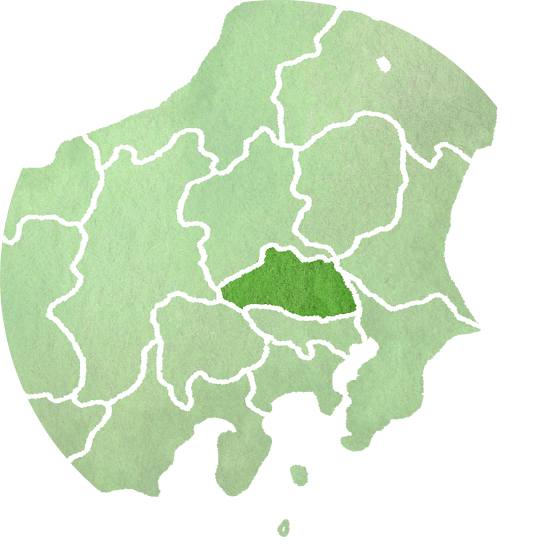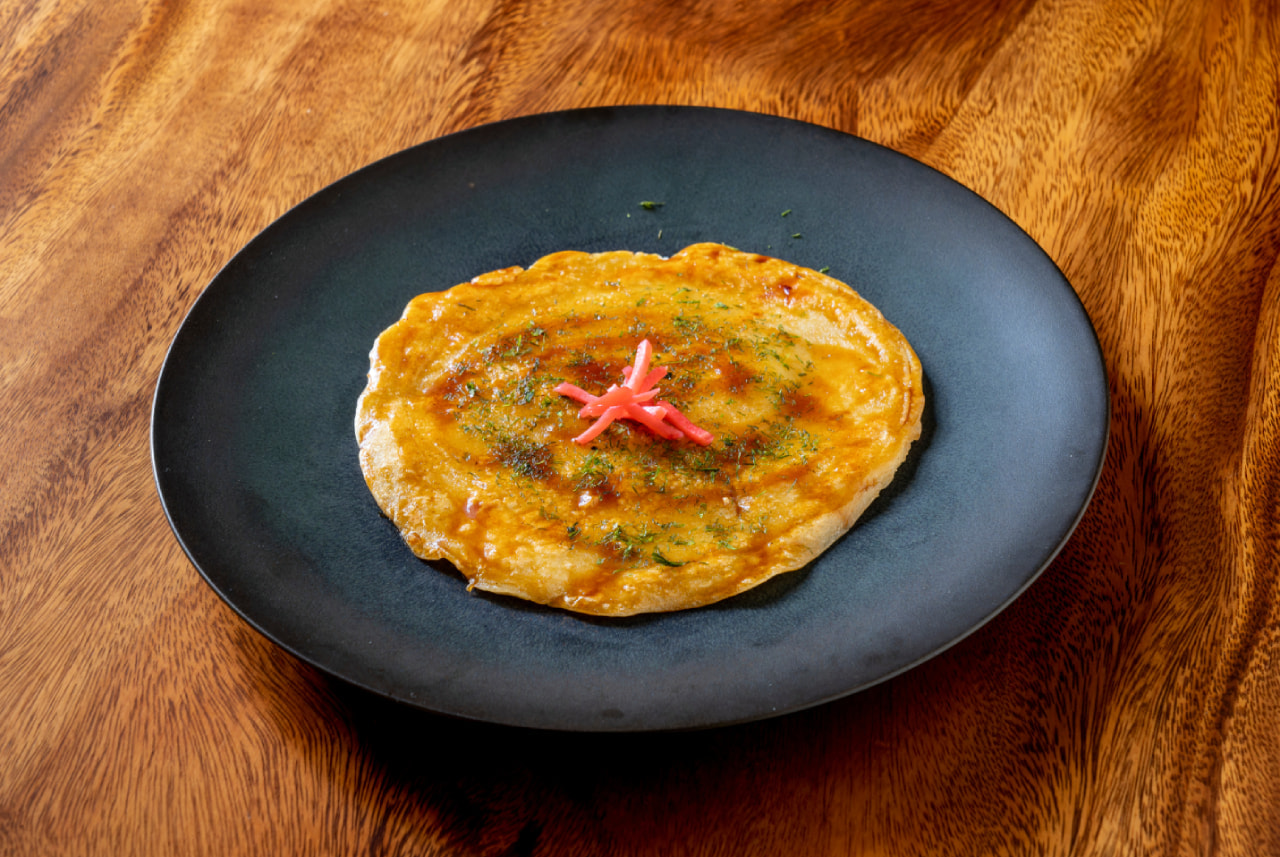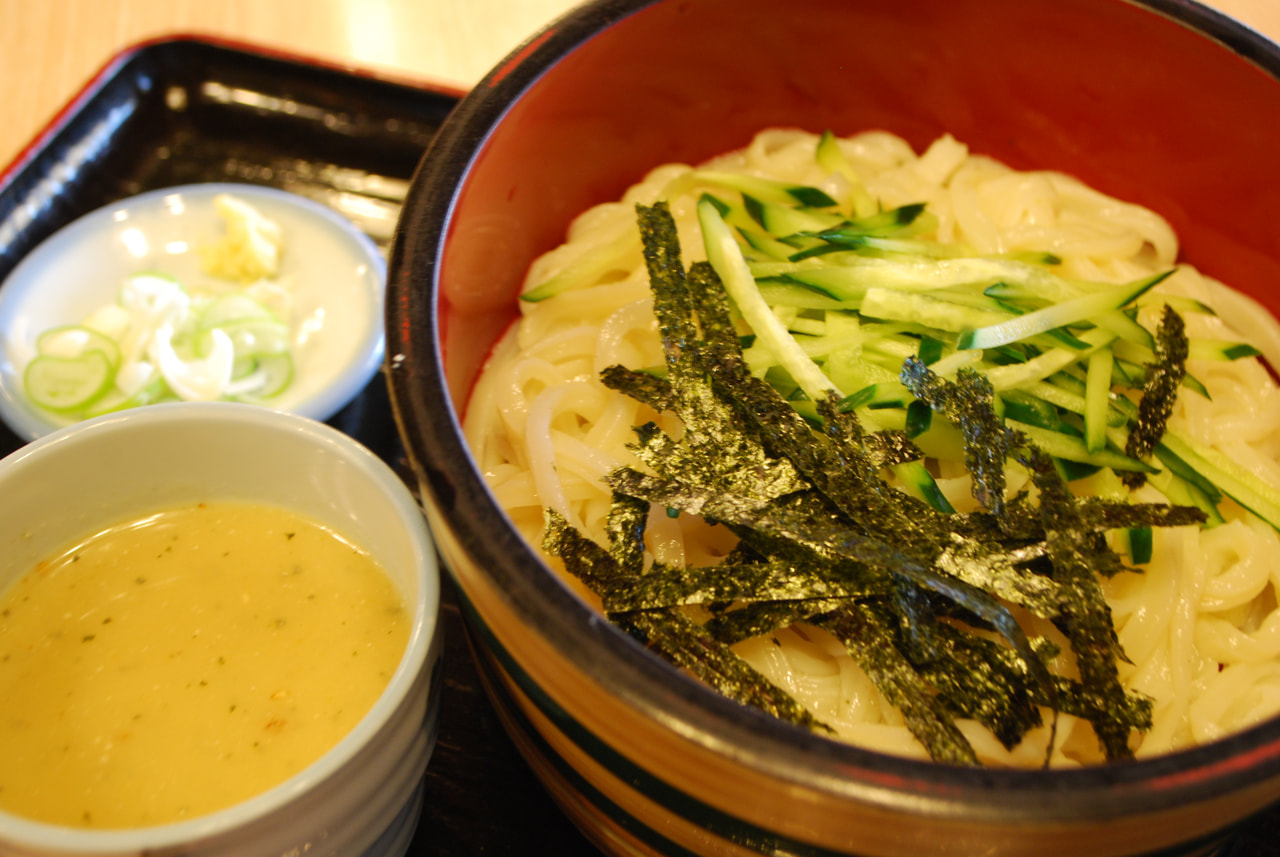Furai, its name may suggest a fried dish, but in reality, it is gently cooked with just a small amount of oil. Reminiscent of okonomiyaki or pancakes, it is made by cooking a batter of flour dissolved in water, with ingredients such as vegetables and meat. Originally a quick and hearty snack for farmers, Furai has long been a part of everyday life. Even today, it is enjoyed by both children and adults as a familiar comfort food.
You can find it in restaurants throughout the city, from specialty shops to local cafeterias, and it is often featured in media as a beloved local delicacy. The umami synergy of pork and Chinese onions brings out a rich, satisfying flavor, and it can be customized with additions like yakisoba noodles or seafood.



